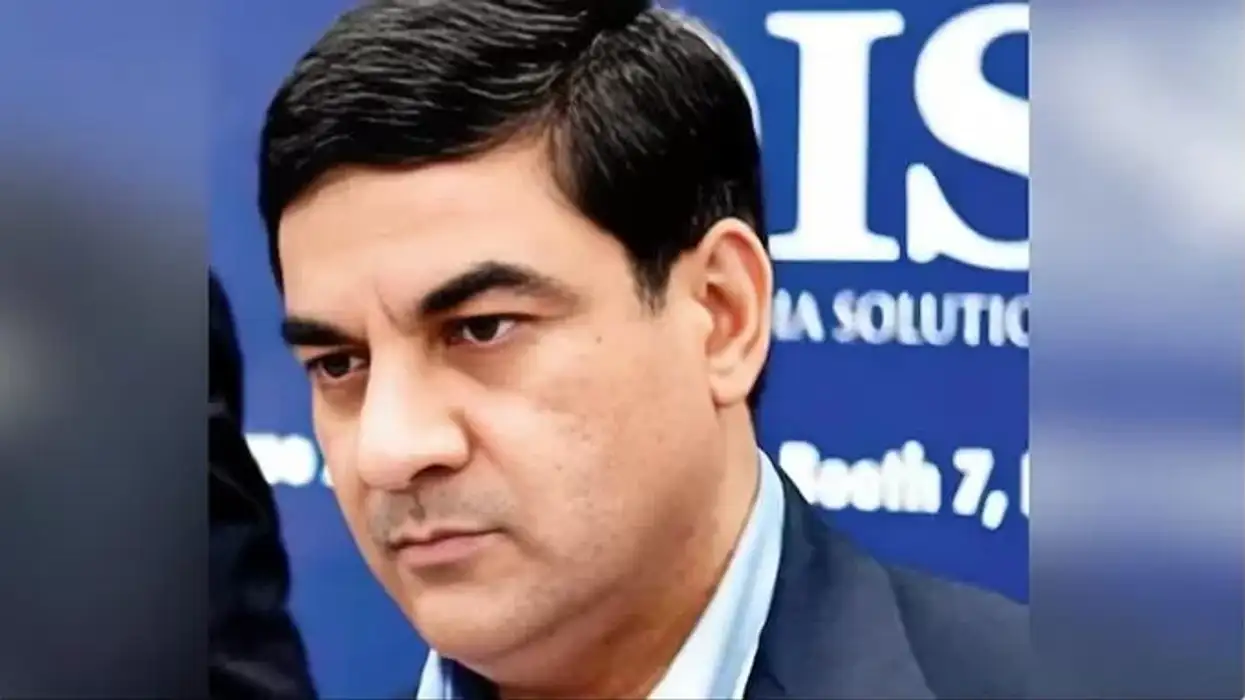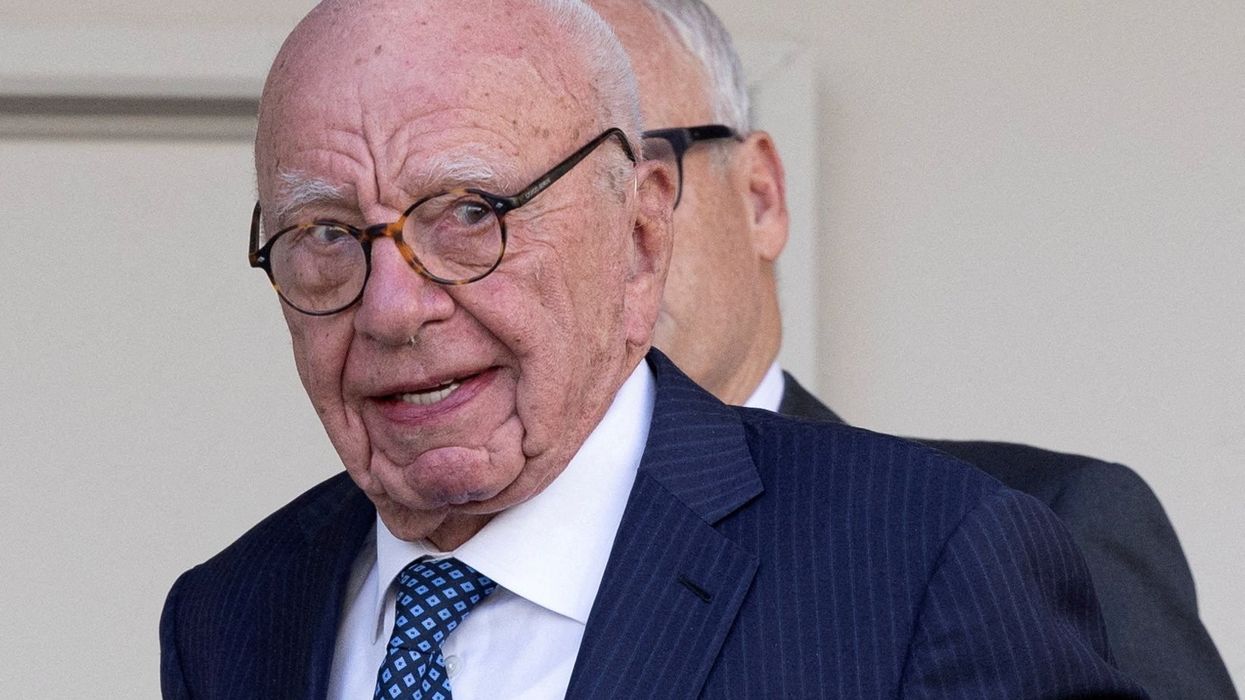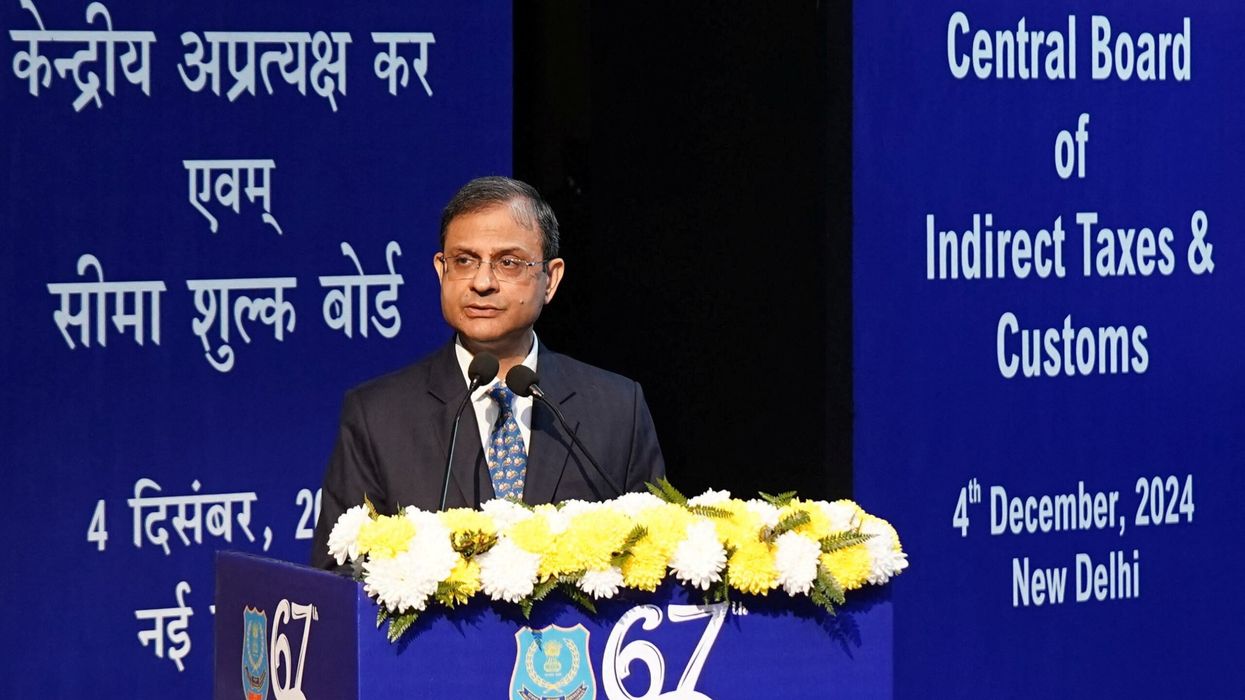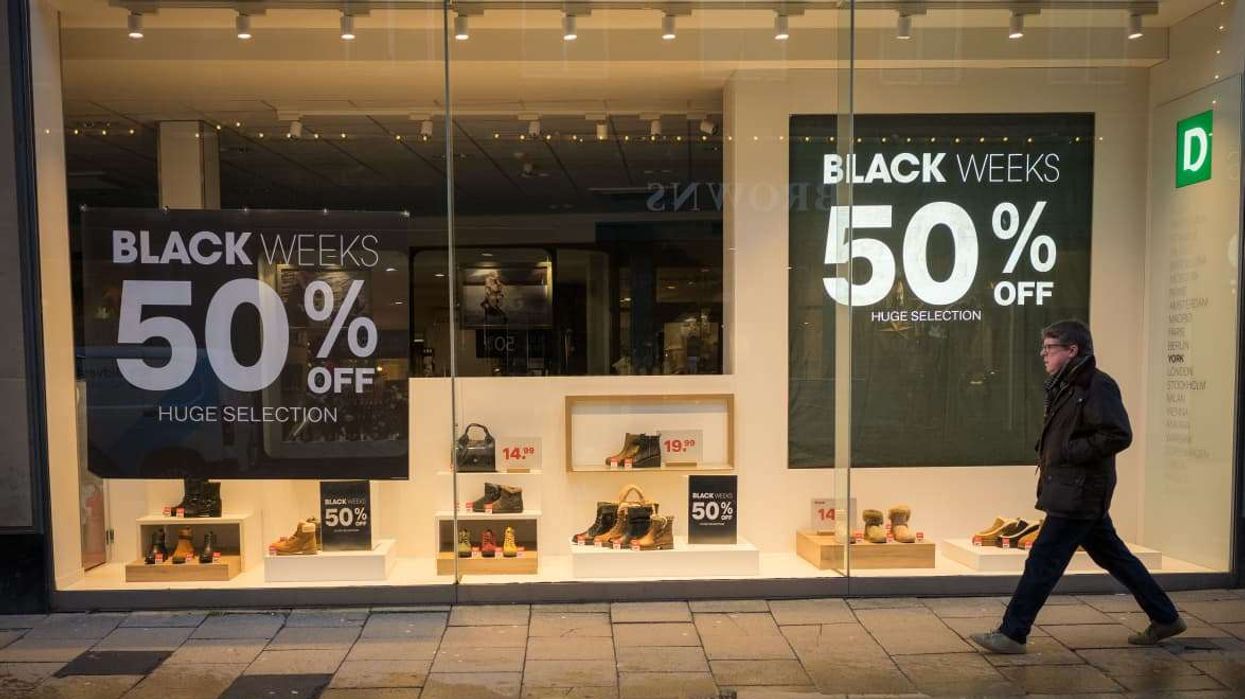SRI LANKA is asking international bond holders to take a 30 per cent haircut and is seeking similar concessions from investors in its domestic dollar-denominated notes as it seeks to overhaul its massive debt, its central bank governor said on Thursday (29).
Unveiling details of the long-awaited plan, governor Nandalal Weerasinghe told a news conference the government will also exchange shorter-term treasury bills into longer-term bonds in the overhaul covering part of the island nation's $42 billion domestic debt.
Sri Lanka is struggling with its worst financial crisis since its independence from Britain in 1948 after the country's foreign exchange reserves hit record lows and triggered its first foreign debt default last year.
Widespread protests driven by the economic collapse forced former president Gotabaya Rajapaksa to flee the country last July.
Pledging to put its mammoth debt burden on a sustainable track, Sri Lanka locked down a $2.9 bn bailout from the International Monetary Fund (IMF) in March, which is due for a first review in September.
The domestic restructuring is needed to help the country reach the IMF programme goal of reducing overall debt to 95 per cent of GDP by 2032.
Meanwhile, the government is also pushing forward with reworking its foreign debt with bondholders and bilateral creditors including China, Japan and India.
The domestic plan announced on Thursday did not give details on Colombo's pitch to foreign lenders, but Weerasinghe indicated the government is proposing the same terms to both local and international creditors.
Under the domestic debt revamp, holders of locally issued dollar-denominated bonds, such as Sri Lanka Development Bonds (SLDBs), will be given three options, Weerasinghe said.
The first would be treatment similar to that being proposed to investors in the country's international sovereign bonds - a 30 per cent reduction in the principal they are owed, with repayment in six years at a four per cent interest rate, he said.
"We are asking foreign debt holders for a 30 per cent haircut but that is still under discussion," Weerasinghe said.
Sri Lanka currently has $12.5 bn in international sovereign bonds. It also has $11.3 bn in bilateral loans.
The country's international dollar-bonds rose sharply on Thursday, with shorter-dated issues up as much as 1.6 cents and trading at levels last seen more than a year ago.
The creditor committee representing Eurobond holders did not immediately comment on the proposal.
Weerasinghe would not comment on current talks with bilateral creditors. Sri Lanka has set a goal of finalising debt restructuring talks by September to align with the IMF review.
China wants multilateral lenders like the IMF and the World Bank to absorb some of the losses - a demand which those institutions and many developed nations, notably the United States, are resisting.
Japanese finance minister Shunichi Suzuki said he was unaware of Colombo's call for a haircut for creditors and said he could not comment on its debt restructuring.
More international support
The domestic debt proposals will be presented to parliament on Saturday (30) for approval.
Earlier on Thursday, the World Bank approved $700 million in budgetary and welfare support for the country, the biggest funding tranche since the IMF deal in March.
About $500m of the funds will be allocated for budgetary support while the remaining $200m will be for welfare support earmarked for those worst hit by the crisis.
As part of efforts to shore up its finances and win IMF support, the government has already raised taxes, cut spending and slashed subsidies on goods such as fuel, and the economy is starting to show signs of recovery.
Sri Lanka's cabinet approved the domestic debt programme at a special cabinet meeting on Wednesday (28), a source at the president's office said.
Domestic bondholders will have two other options.
The first is a treatment similar to that being proposed to bilateral creditors: No reduction in principal, but the maturity would be extended to 15 years with a nine-year grace period at a 1.5 per cent interest rate.
The second is to exchange their holdings for local currency denominated instruments: No principal haircut with a 10-year maturity at the SLFR (Sri Lanka Standing Lending Facility Rate) + one per cent interest rate.
Local currency bonds held by superannuation funds, including pension funds, will be replaced with new bonds which will pay nine per cent interest, Weerasinghe added.
However, banks' local currency bonds have been excluded from the scheme to avoid putting further strain on the financial sector.
(With inputs from Reuters)













